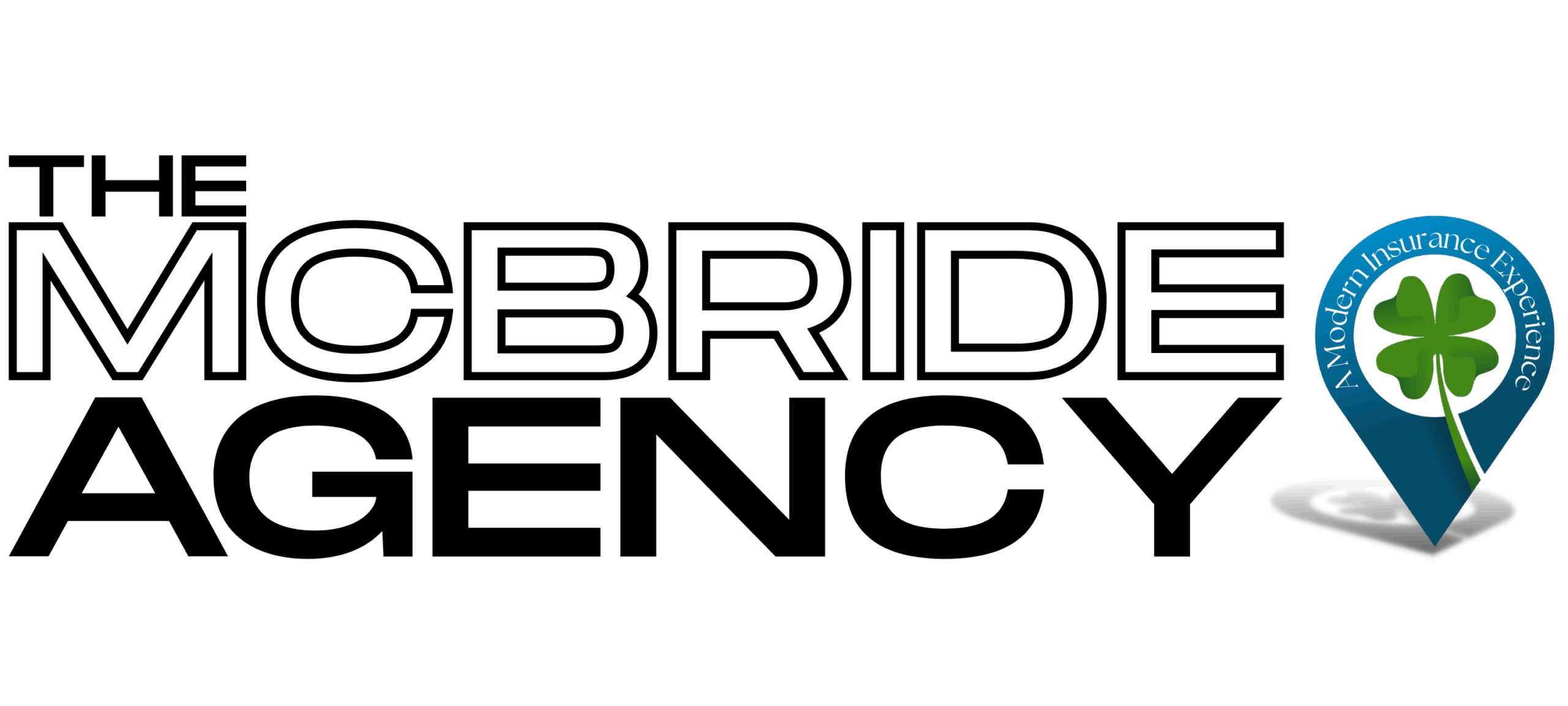Managing workers’ compensation costs is a crucial component for any business aiming to maintain financial health. But what happens when your experience modification (mod) factor skyrockets unexpectedly? Such was the challenge faced by one of our clients, who saw their mod factor jump from a manageable 0.89 to a staggering 1.5 just before their policy renewal.
This significant increase had immediate and alarming cost implications, putting considerable stress on their budget. In this article, we’ll walk through the steps we took to address this problem, focusing on effective safety measures and risk management. By understanding the underlying issues and implementing strategic changes, we helped our client navigate through this challenge successfully.
The Initial Challenge
Our client’s troubles started when they received their renewal notice with an eye-watering increase in their mod factor. Moving from 0.89 to 1.5 might sound like just a number shift, but in terms of costs, it was a financial tsunami. To put this in perspective, a $10,000 base-level premium went from being calculated with a 0.89 mod, amounting to $8,900, to a 1.5 mod, rocketing the expense to $15,000. This represented a 61% increase in their workers’ compensation premium.
Imagine, as a business owner, preparing for regular operational costs, only to find your insurance premium nearly double overnight. This steep rise in costs posed an immediate threat to our client’s financial planning, making it imperative for them to seek assistance. And that’s exactly what they did, reaching out to us for help in finding more affordable rates amidst these increased costs.
Client’s Request and Initial Response
The client’s primary concern, understandably, was the spike in costs. Their request was straightforward: find cheaper rates to offset the sudden financial strain. Workers’ compensation insurance can be a heavy burden, and without intervention, this client’s budget would have struggled to absorb the shock. To address this, we began by explaining the mod factor and its role in determining premiums.
Simply put, the mod factor functions as a multiplier applied to the base workers’ compensation premium. A lower mod factor reduces the cost, while a higher one does the opposite. For example, with a $10,000 premium, a 0.89 mod brings it down to $8,900, but a 1.5 mod increases it to $15,000. The client was suddenly dealing with a hefty 61% hike, a scenario needing immediate and strategic intervention.
Course of Action Taken
Our first step was to have an in-depth conversation with the client—getting to the root of the problem without being distracted by ancillary aspects. We didn’t dwell on coverages or carriers since those were already suited to their needs. Instead, we concentrated on examining and enhancing their safety and risk protocols, areas directly influencing the mod factor.
In our conversation, it became clear that focusing on risk management was paramount. Discussing the importance of maintaining a safe work environment and minimizing risk factors would be more beneficial in the long run. These steps are crucial for any business looking to control workers’ compensation costs sustainably, rather than just seeking short-term remedies.
Identifying Contributing Factors
Our analysis pinpointed two significant claims from different dates involving different employees as the main contributors to the heightened mod factor. Both claims still had reserves exceeding $100,000, painting a clear picture of why the mod factor had increased so drastically. Understanding the intricacies of these claims was essential for devising an effective strategy.
A closer look revealed that both employees involved in the claims were either back at work or had moved on to new jobs, indicating that the claims were lingering unnecessarily. By identifying these factors, we could address the unresolved reserves and begin working towards reducing the mod factor through better-managed claims.
Emphasis on Risk Management
Effective risk management is the ultimate key to reducing workers’ compensation costs. Once we identified the contributing factors to the increased mod factor, our focus shifted to proactive strategies aimed at improving overall workplace safety. Implementing and constantly refining safety protocols reduces the likelihood of costly claims in the future.
We advised the client on best practices for maintaining a safe work environment, including regular training for employees, routine safety audits, and immediate attention to any identified risks. Addressing the root causes of the claims and making the workplace safer not only mitigates immediate costs but also fosters a culture of safety that benefits the company long-term.
Our client faced an unexpected and steep rise in their mod factor, leading to significantly higher workers’ compensation premiums. By focusing on real conversations and emphasizing risk management, we tackled the issue head-on. Identifying unresolved claims and refining safety protocols were instrumental steps in managing and eventually reducing these costs.
In conclusion, businesses can learn from this experience by regularly monitoring their mod factors, understanding the impact of claims, and taking proactive steps in risk management. This approach does more than control costs; it nurtures a safer workplace and a more sustainable financial future.

